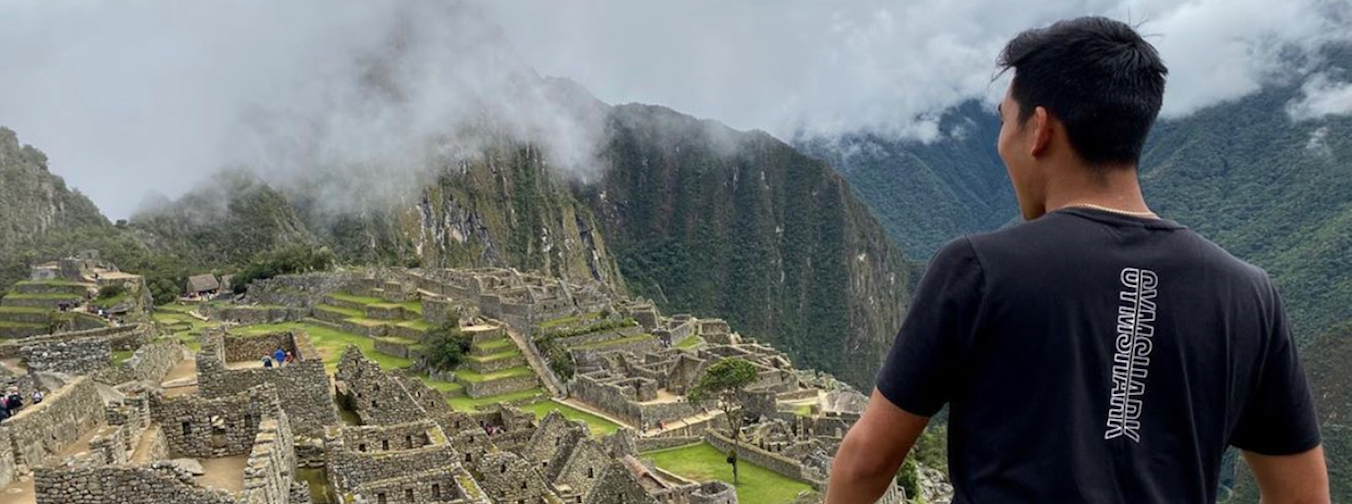Firstly, what is Machu Picchu?
Machu Picchu is an Incan ruins site. The Incans were a civilisation that emerged in the 13thcentury in Peru. They reigned over approximately 12 million inhabitants for around 300 years. The exact purpose of Machu Picchu is actually unknown, but people suggest that it could have been a royal estate or a secret ceremonial centre. It is such a special sight because a lot of the Incan architecture was destroyed during Spanish civilisation of South America. However, Machu Picchu is so well hidden and out of sight that it managed to survive the destruction.
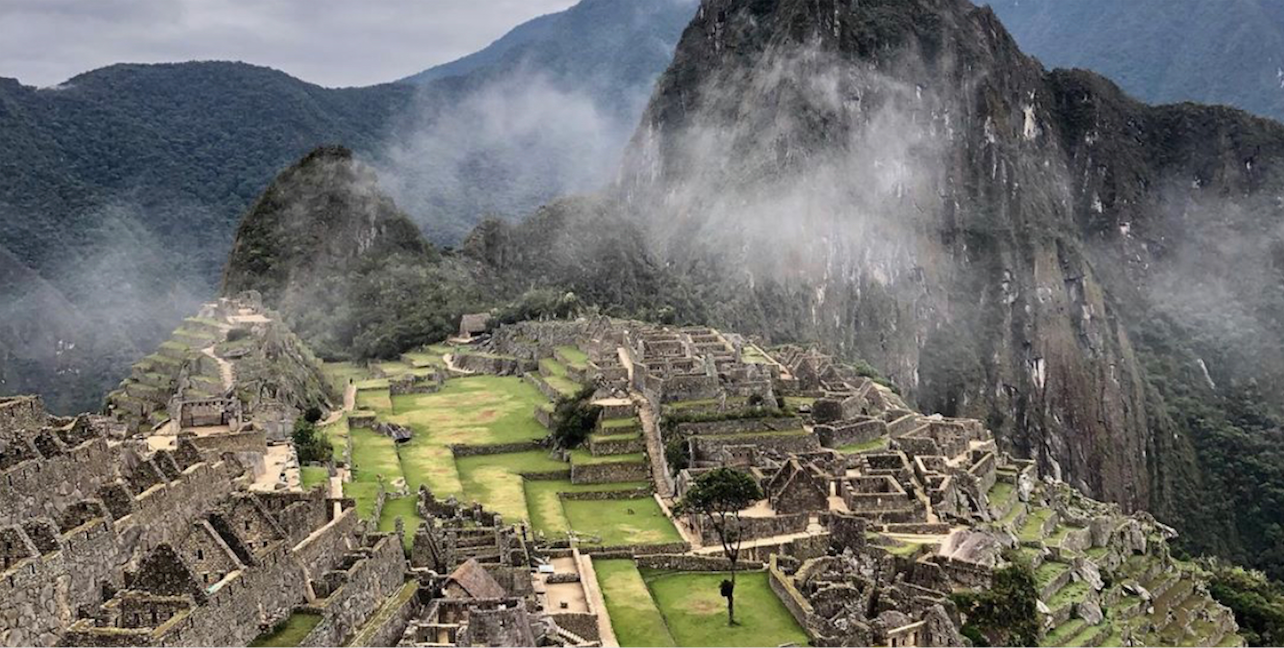
It is now a UNESCO World Heritage Site and is officially one of the seven New Wonders of the World. It is the most visited attraction in Peru because of the vast history it holds, and the gorgeous landscape in its surroundings.
In some periods of the year, 5,000 people daily visit the site. UNESCO originally suggested a daily maximum of 2,500 visitors, which therefore is worrisome to the structural integrity of the site. Locals are worried that the over-tourism of the site might ruin it. Heading there in the next few years might be the best idea to avoid any commercialisation or degradation of the site!
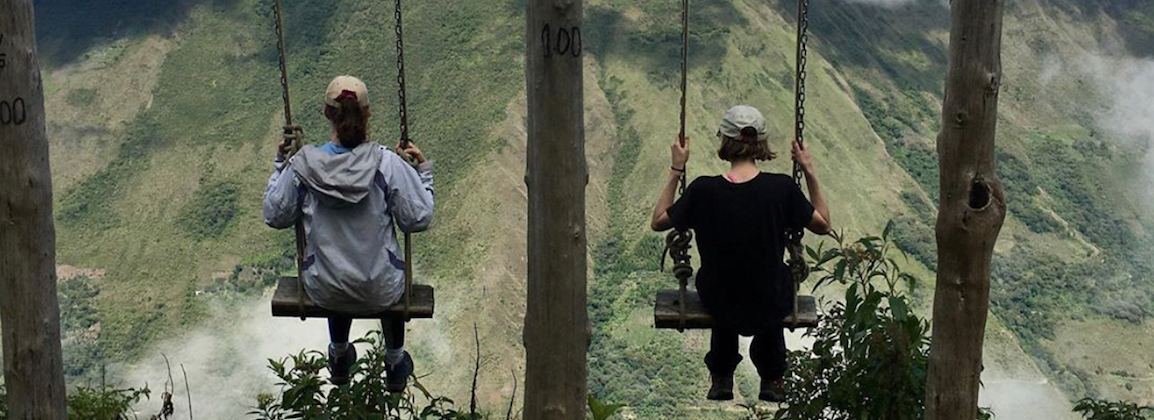
There are two ways to get to Machu Picchu depending on what you want. You can either catch a train and walk the remaining 500 metres or trek for 3-6 days (depending on your fitness and departure point). The trek is a walk through the Incan period, where you will pass many ancient Incan ruins along the way. You will trek through the mountainous Andes and be immersed in the wonderous landscape of the mountains. You can also choose to hike in and then leave by train if you want the best of both worlds! For many people, the hike is extremely rewarding, and they finish awestruck with the sites they have passed. However, understandably, many people are not interested in hiking, nor are they physically prepared for it. The train is also a good option for those who want a more laid-back visit.
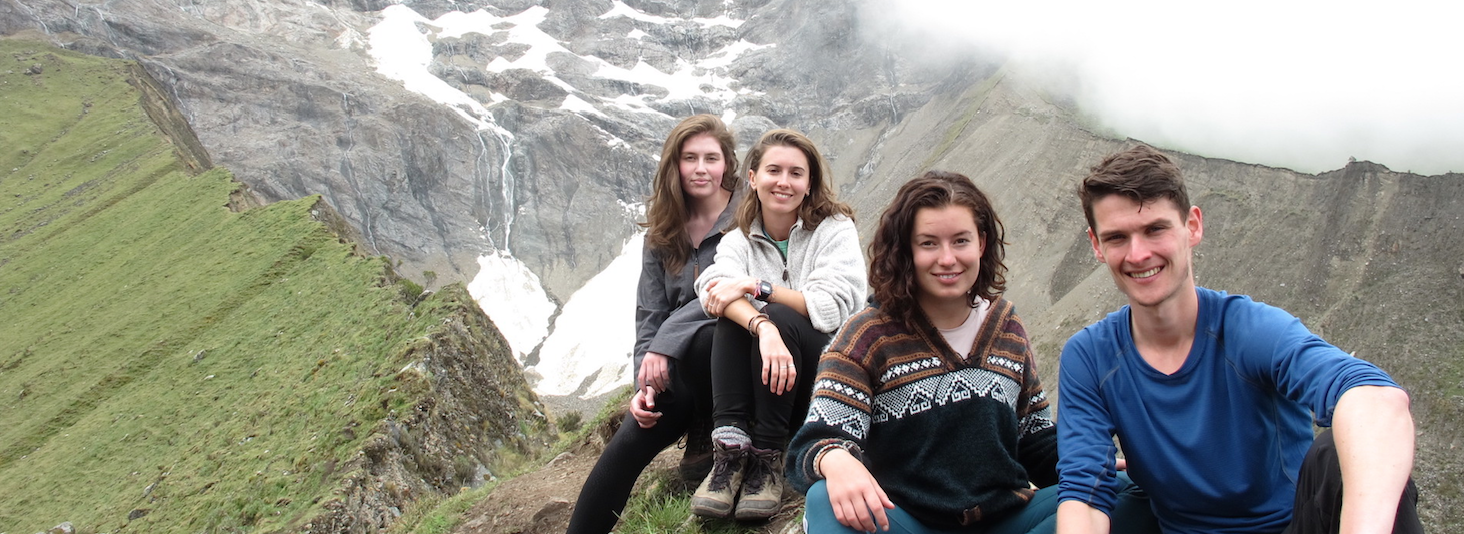
So, if we have convinced you that Machu Picchu is a must, here is how you can get there.
Our challenge hub in Peru is in the Sacred Valley. Here, you can work with local community on health, sustainability or around education. Working with the locals is one of our volunteer’s most favourite parts of their trip! After your two weeks of volunteering, we offer a 5-day Machu Picchu trek to finish your trip off with this awe-inspiring destination.
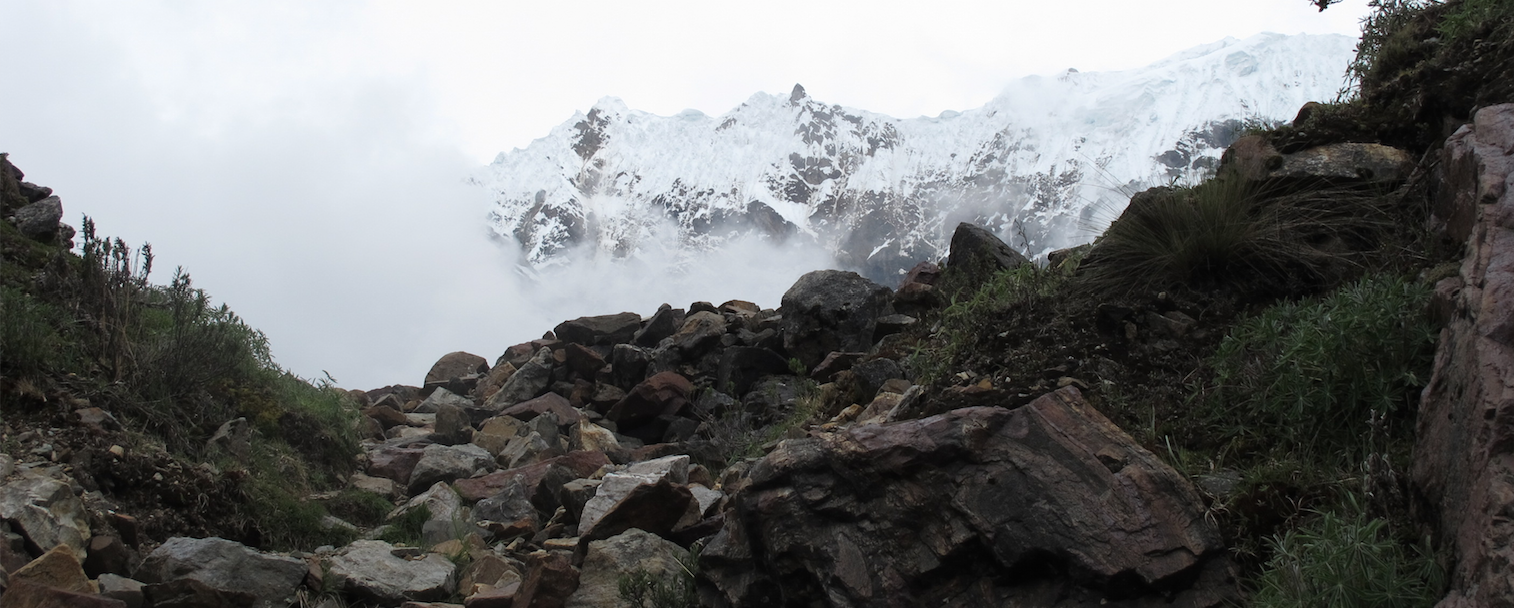
This week you'll begin your trek along the Salkantay route, a spectacular alternative to the oversubscribed Inca Trail. Supported by a guide, horses and camp crew you'll be taken off the beaten track and away from the crowds as you traverse breathtaking mountain passes and remote villages. At the highest point in the trek you'll reach 4600 meters above sea level at Salkantay Pass! On the final day you'll reach Machu Picchu itself, with sights that are guaranteed to leave you spellbound.
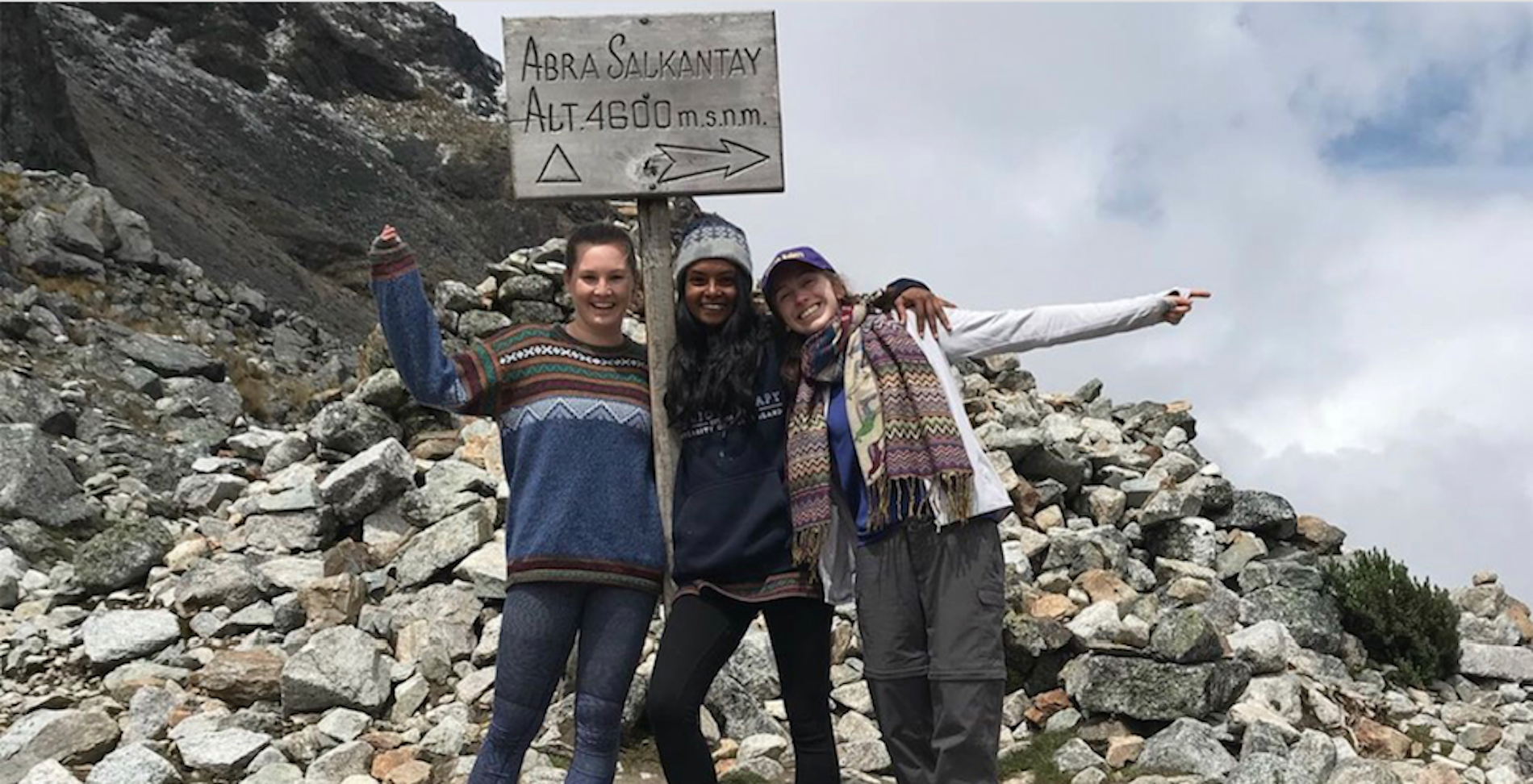
The Salkantay trek is listed as one of the 25 best treks in the world by National Geographic Adventure Travel Magazine – it is an astonishing trek! It is the second most popular trek to Machu Picchu, making it a lot less crowded and a lot more flexible.
Check out our trips to Peru here.
By Juliette Capamolla, Media Intern





